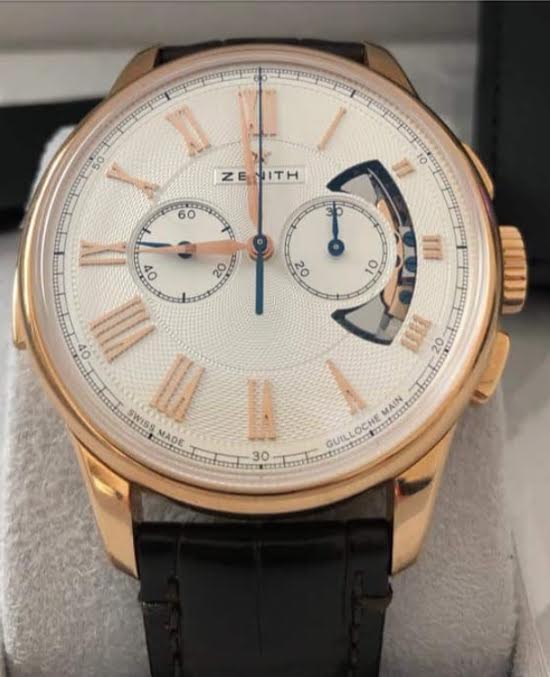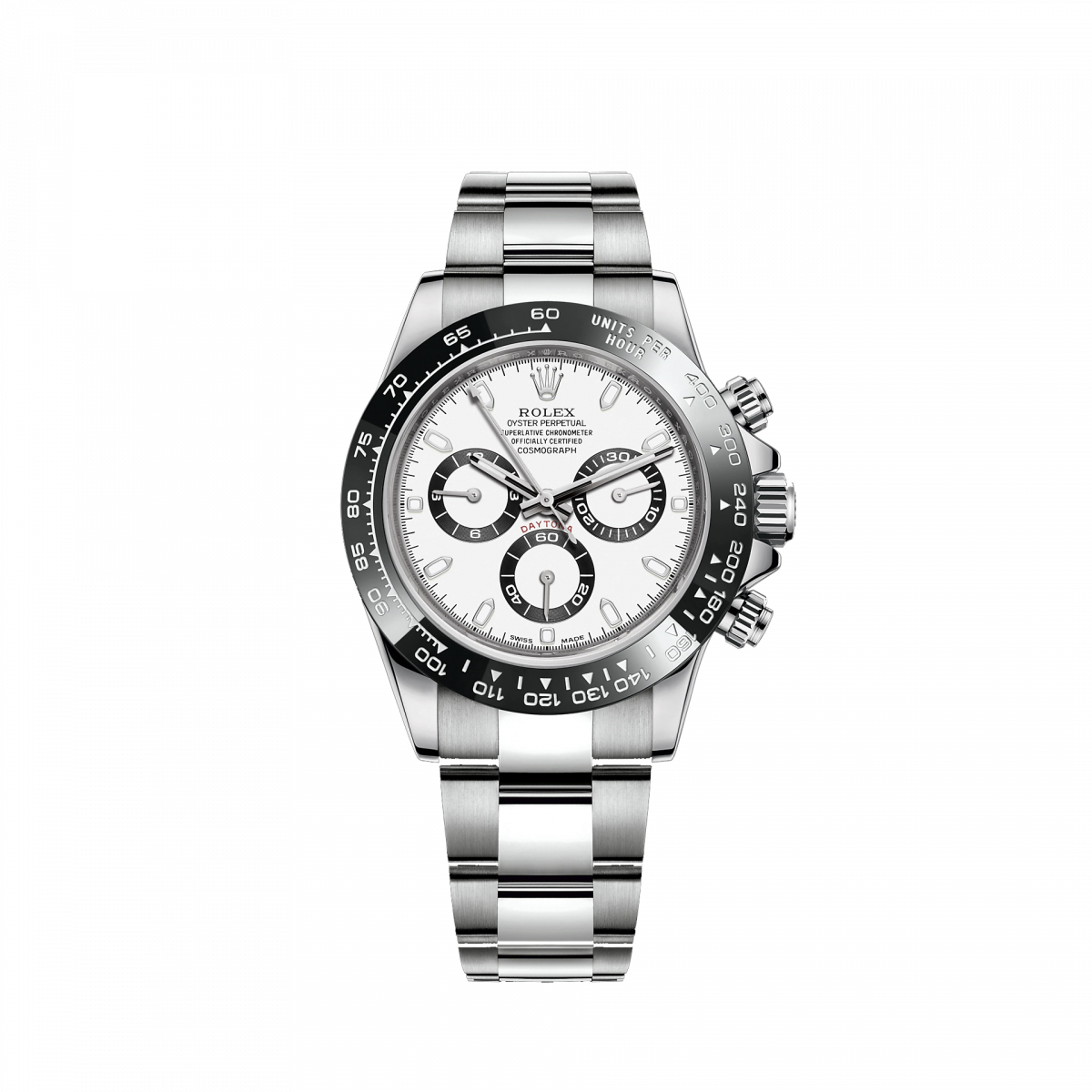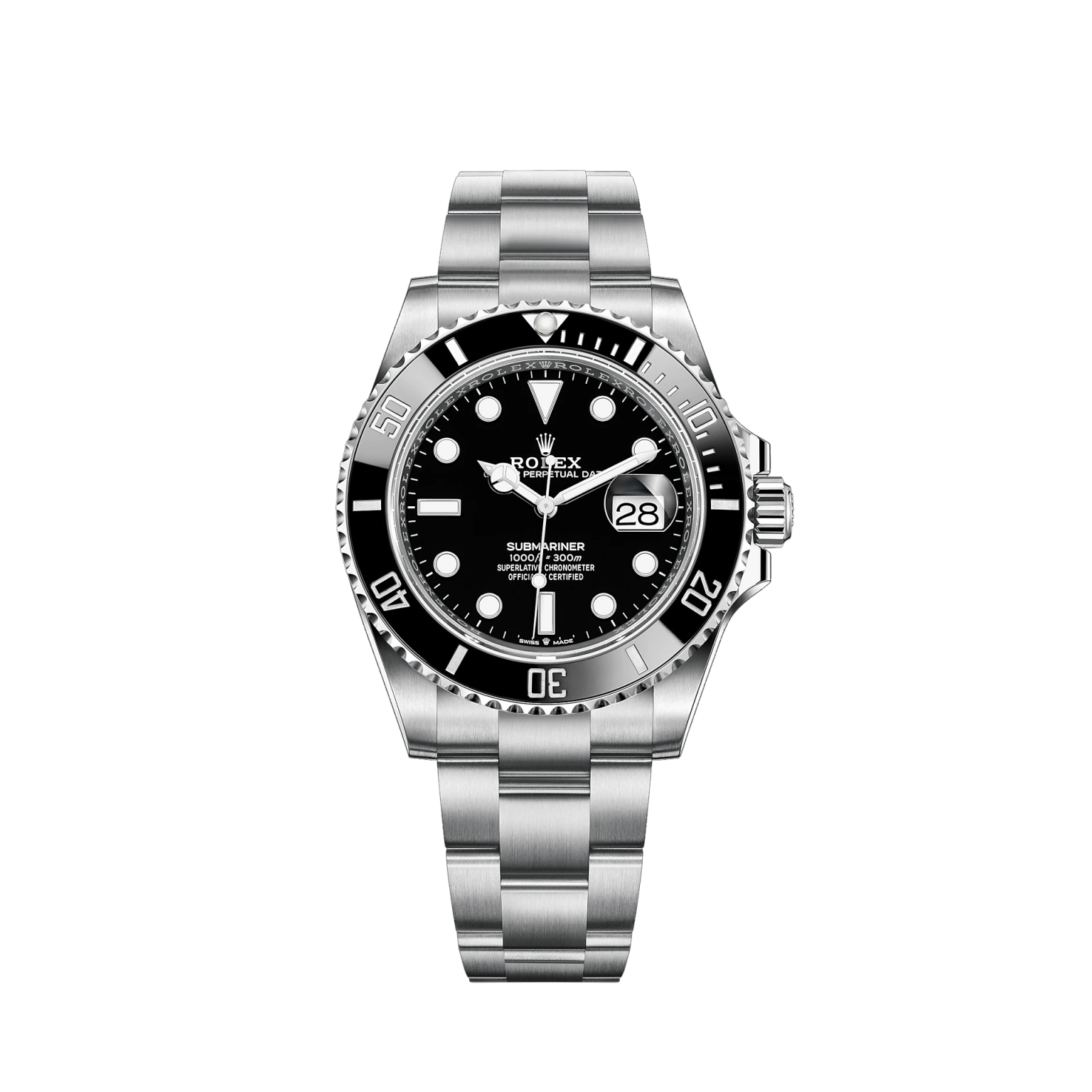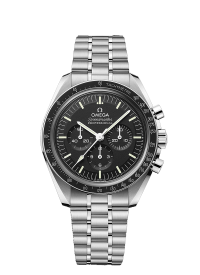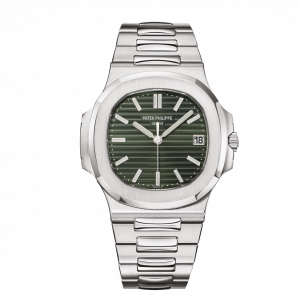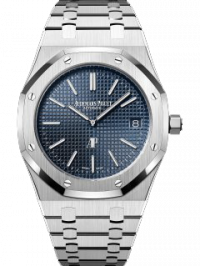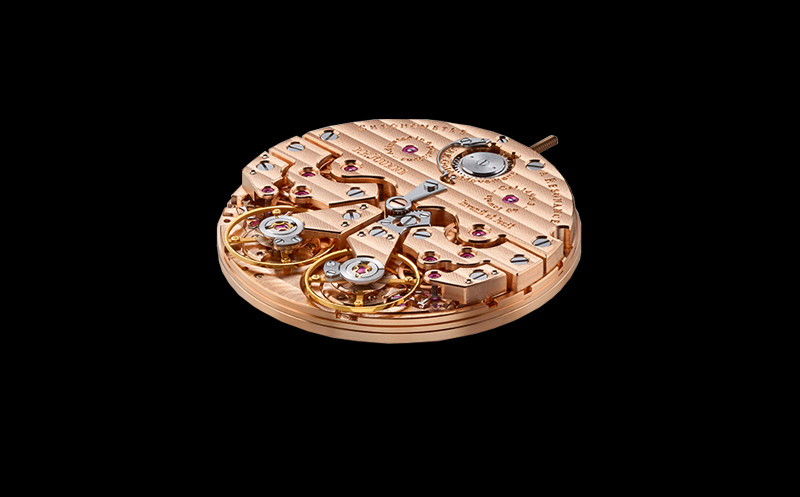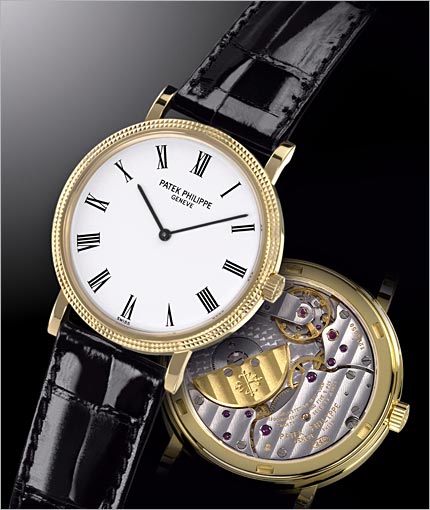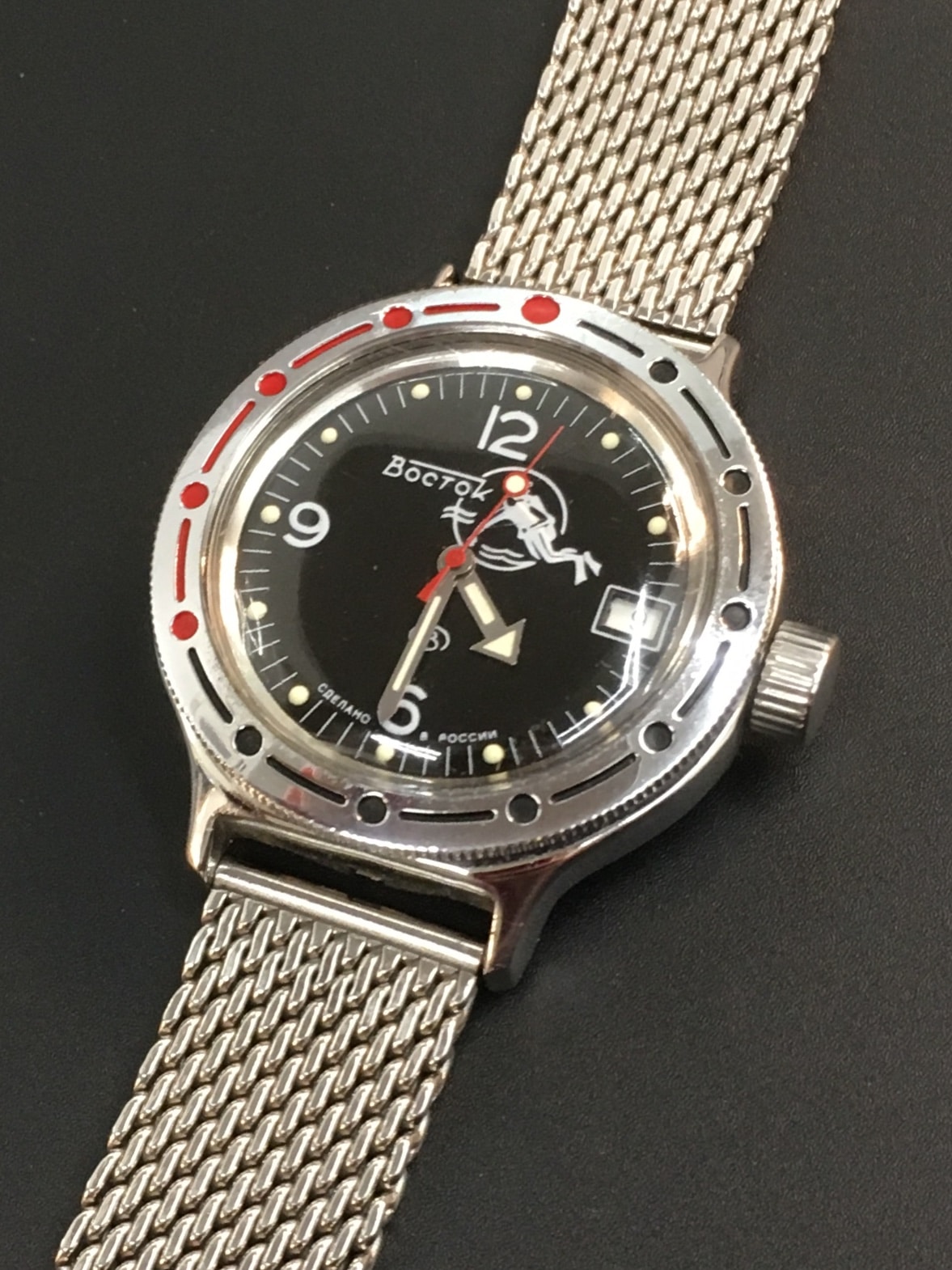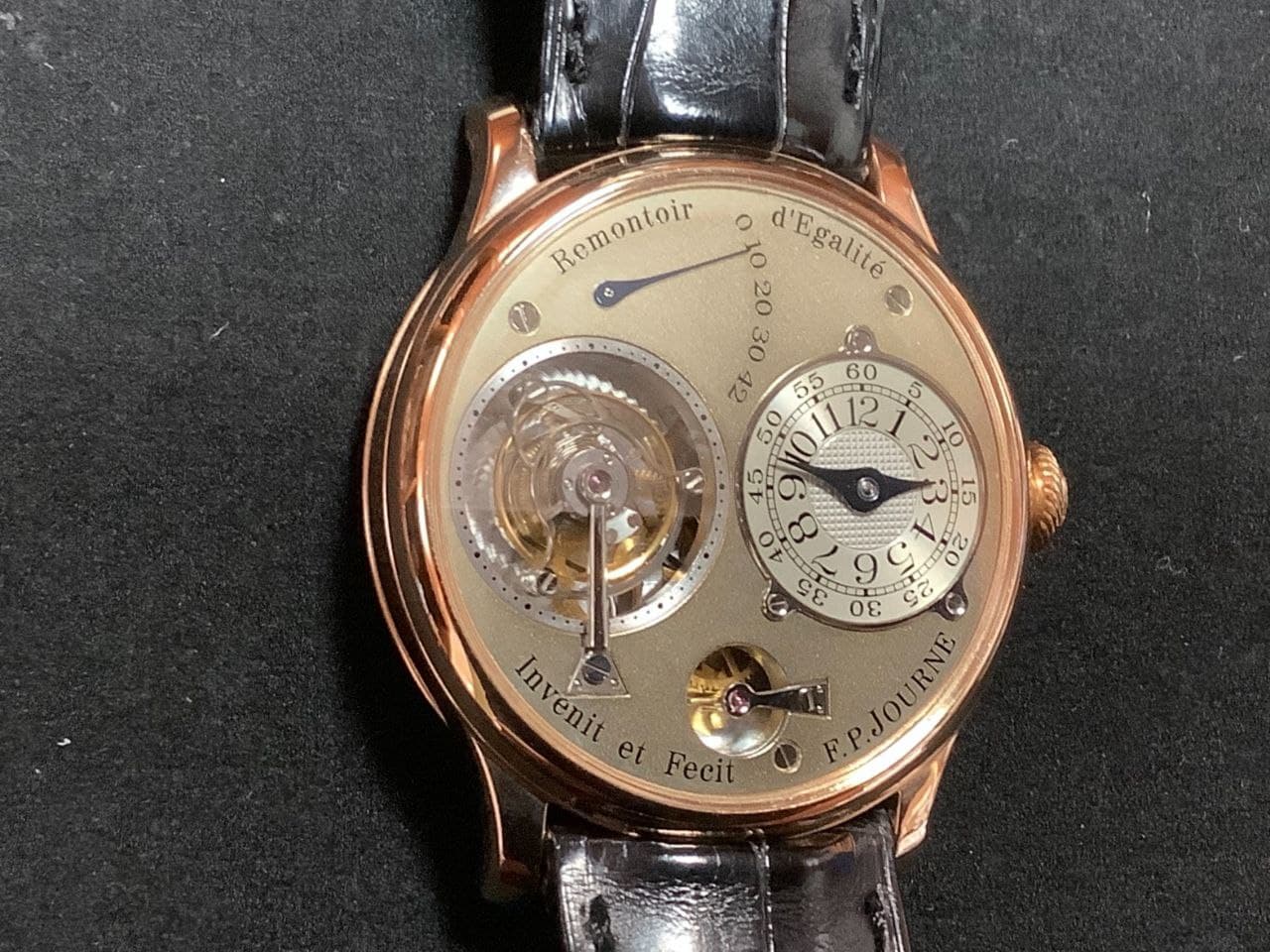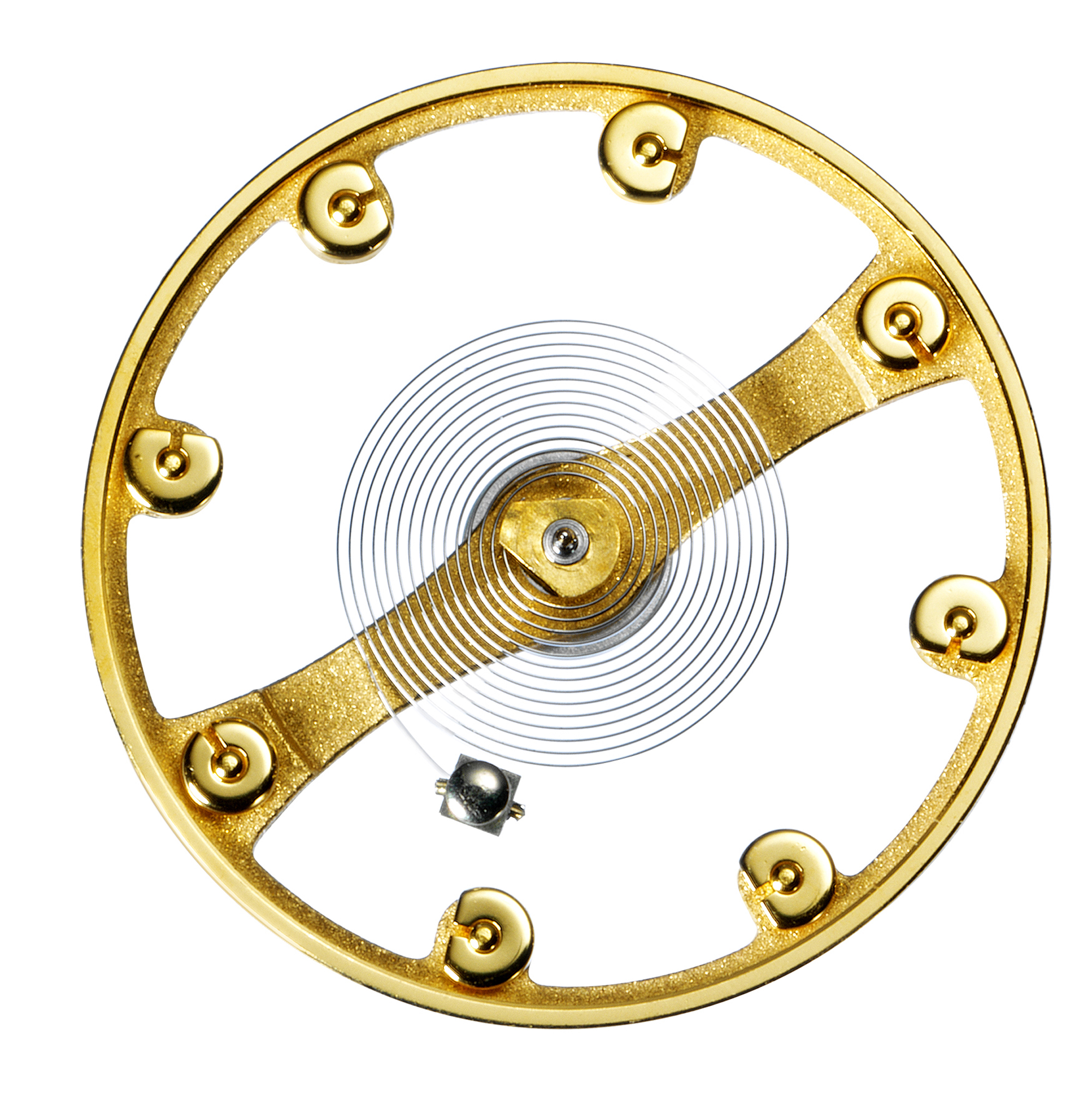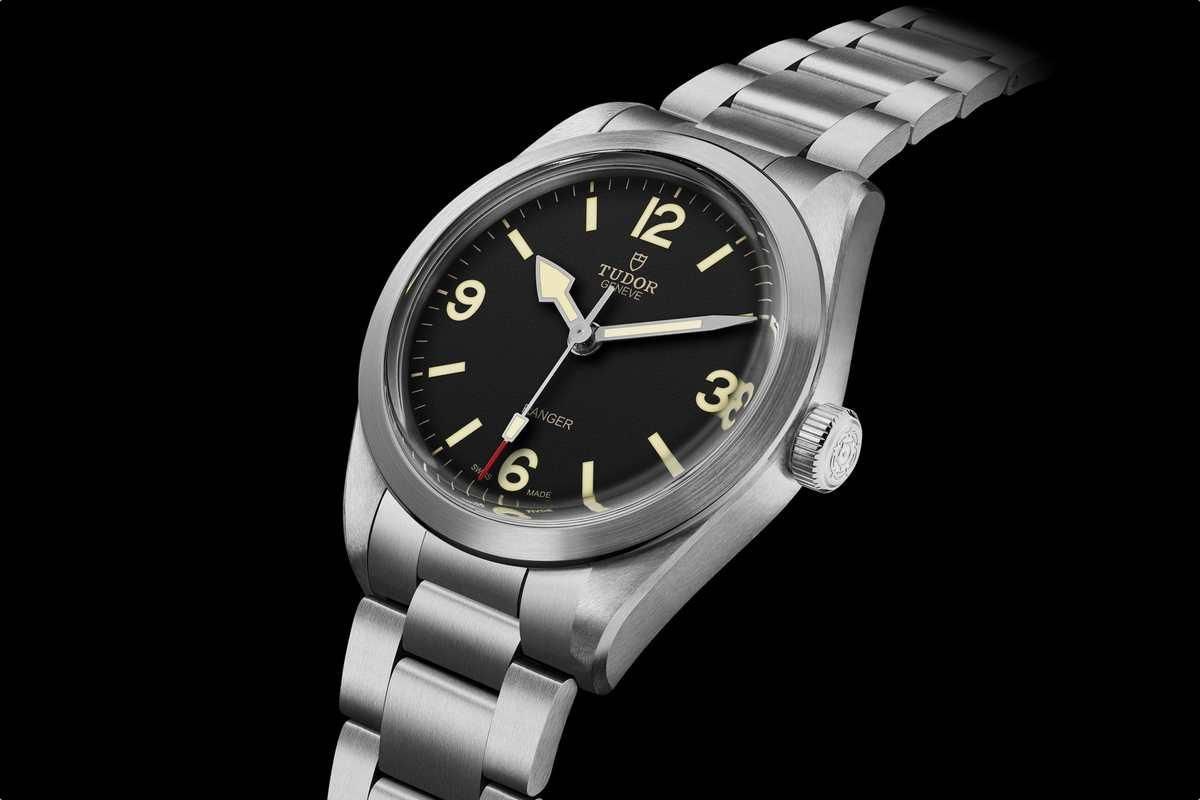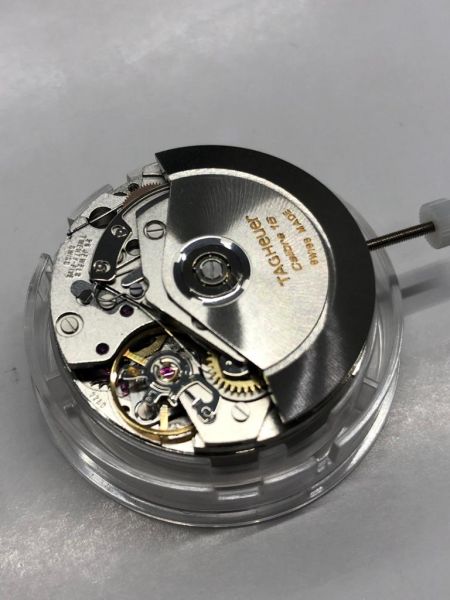Dr. N.
THE GREAT COMPLICATIONS OF HIGH WATCHES
Series of three articles on minute repeater, the perpetual calendar and the tourbillon
The repetition is a mechanical bell that allows the watch, by means of a series of acoustic signals, to communicate the time to the user by auditory route.
Today, wristwatches often have a phosphorescent tint applied to the indexes and spheres, which allows you to see the time even in the dark. However, this technology is relatively recent, having been introduced in the early decades of the twentieth century. When there were no luminescent dials, to check the time without being able to see the dial you had to rely on another sense organ, hearing. In this article, we will discover the complication considered by connoisseurs to be the most refined that can be found in a watch: the minute repeater.
The origins of the minute repeater
Repetition can be considered, conceptually, the oldest of the complications. In fact, we can trace its origins in the numerous bell clocks present in our cities since the early Middle Ages. The aim of a tower clock with automatic bell operation is the same as a modern repeating wristwatch: allowing those who do not see the dial to know the time thanks to an acoustic feedback.
The clock of the Moors in Venice, a famous example of old-time watchmaking bells
Starting from the seventeenth century, the clock begins to become increasingly a private asset. While tower clocks remain available to the whole community, those who can afford them begin to show off a small clock in their own home, capable of entering a closet. This is made possible thanks to Galileo's discoveries, which lead to the introduction of the pendulum clock. The ringtone immediately becomes a way to make the time audible in rooms where there is no clock, and why not, to impress guests with the sound of a state-of-the-art machinery for the time.
The first minute repeater of Breguet
In the XNUMXth century, perhaps the greatest genius in the history of watchmaking, Abraham-Louis Breguet, invented the very first minute repeater. It is a mechanism equipped with hammers and gongs, which allows you to hear a series of sounds from which it is possible to discern the time up to the exact minute. Let's take a moment to examine how this marvel of watchmaking works.
Assuming that the ringer is activated at 8 and 34 minutes, here is the sequence of sounds that can be heard:
- Eight serious strikes, to mark 8 o'clock
- Two double strokes, to mark the two quarters of an hour (15 + 15 = 30)
- Four high-pitched strikes to mark the four minutes
The real difference between the minute repeater designed by Breguet and the previous striking watches is that, first, we limit ourselves to having a mechanism that, at predetermined intervals, strikes the time. With the modern minute repeater, the time is struck on request who operates the mechanism. There must therefore be the possibility of activating the repetition at any time, which adds a considerable level of complexity to the system.
The minute repeater today
A modern Zenith minute repeater
The technical refinement needed to create a minute repeater is very high. In fact, over a hundred individual components are needed, in addition to those already present in a mechanical watch, to be able to repeat the time acoustically until the single minute is heard.
The realization difficulty is further increased by the choice of inserting the minute repeater inside an extremely compact object such as the wristwatch. Assembling a minute repetition requires, to an expert watchmaker, from two hundred to three hundred working hours. The watchmaker in question must have spent decades studying and practicing precision watchmaking to be able to assemble the minute repeater. It's not just about putting together ready-made components. It is necessary that the sound of the chimes is perfect: this is achieved thanks to the high care in the choice of the metal alloy of which the case is made, to the refined tuning of the hammers and to the precision in the processing of the gongs integrated in the watch. Each component involved in producing the sound is then modified individually by the watchmaker, to arrive at the perfect chime: for this, there are no two minute repeater watches that sound exactly identical.
Contact Dr. N at dr.n@chronosect.com



